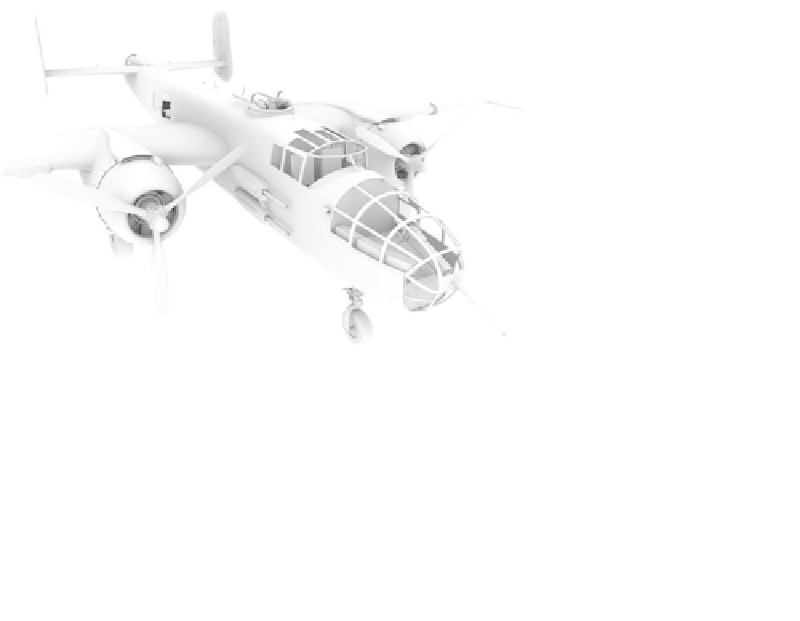Graphics Reference
In-Depth Information
ing, can be approximated using a small number of SH basis functions, but the
actual number of SH basis functions needed to obtain a particular accuracy was
never theoretically proven. Ramamoorthi and Hanrahan mathematically proved
that SH basis functions up to the second degree can be used to accurately ap-
proximate irradiance. The paper influenced a renewed interest in the use of SH
representations, particularly in the context of real-time GI. Chapter 10 describes
some of this subsequent research.
7.2.6 Ambient Occlusion Maps
After the year 2000, rendering methods using HDR environment maps as the
source of illumination began to be adopted in production environments, including
movie production. However local effects including shadows and interreflections
are difficult to incorporate into environment map rendering. At the time ray trac-
ing was not used much in movie production, so the basic ray-tracing approach
proposed by Debevec did not fit well into the movie production pipeline. Conse-
quently, the notion of an
ambient occlusion map
was conceived to capture indirect
illumination in environment map rendering [Landis 02].
Surface reflection in CG rendering has traditionally consisted of a specular
component, a diffuse component, and a constant ambient term. The ambient term
is an approximation to the general diffuse global illumination. It can be regarded
as the average value of the environment map (perhaps after the areas correspond-
Figure 7.13
The ambient occlusion map used for rendering a B-25 Mitchell bomber model for
the movie
Pearl Harbor
. The gray level represents the amount of ambient occlusion; the
lightest areas see almost all the environment.
( c
2001 Industrial Light & Magic. All
Rights Reserved.)








